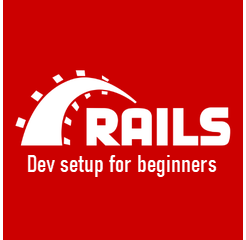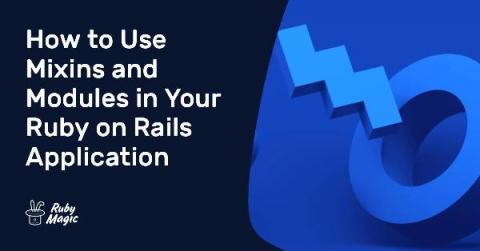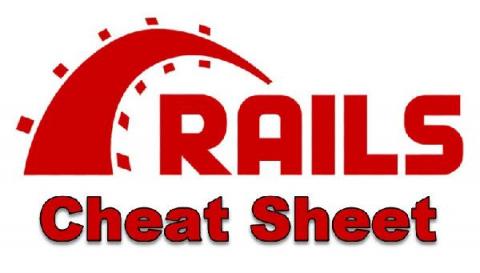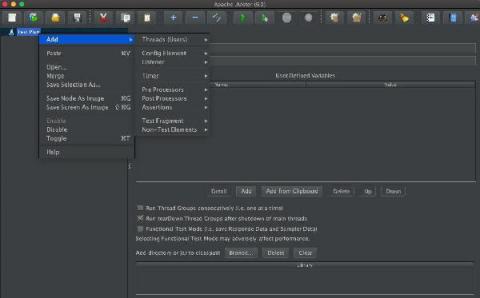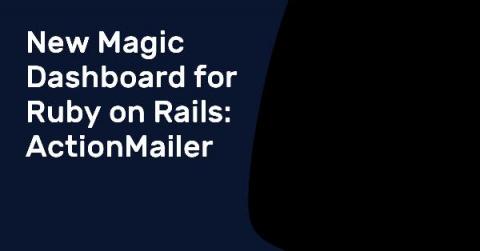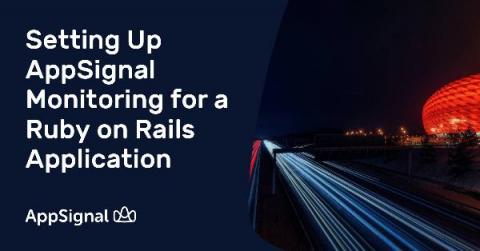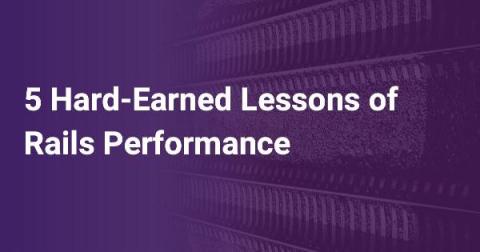Performance, Stress, and Load Tests in Rails
Tests are an integral part of most well-working Rails applications where maintenance isn’t a nightmare and new features are consistently added, or existing ones are improved. Unfortunately, for many applications, a production environment is where they are put under heavy workload or significant traffic for the first time. This is understandable as such tests are costly.



